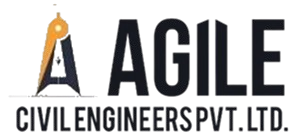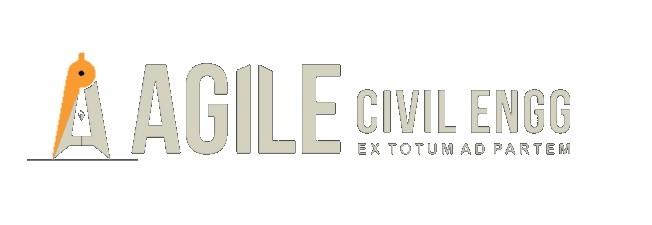Fast Tracking in Project Management
In today’s fast-paced construction and infrastructure development world, timely project delivery is critical. Delays not only cost money but can also damage reputations. That’s where fast-tracking in project management becomes a powerful technique, especially when backed by expert project management consultants.
What is fast tracking?
Before going into deeper details, let’s talk about fast tracking, a project scheduling technique where activities that were initially planned to be done in sequence are performed in parallel. This method is used to shorten the project duration without reducing the project scope. But it’s not without its risks—overlapping tasks can lead to rework if not properly managed.
How to perform successful fast tracking?
There are several methods and processes on how project management consultants ensure successful fast tracking.
PMP-Based Gantt Charts
Detailed Gantt charts structured as per PMP guidelines help visualize activity overlaps, manage dependencies, and identify critical paths. Consultants use these to determine which activities can be safely overlapped and which cannot.
Daily Site Statements & DPR (Daily Progress Reports)
Fast tracking demands real-time data. Consultants ensure rigorous daily site reporting, recording physical progress, labor productivity, material status, and issues faced. This helps in proactive problem-solving and quick decision-making.
Track & Troubleshoot Systems
With activities running concurrently, tracking becomes essential. Consultants use robust tracking tools and issue logs to identify delays, interface issues, or execution bottlenecks. These are immediately escalated using a well-defined escalation matrix.
Escalation & Interface Matrix
A clear interface and escalation matrix ensure smooth coordination across contractors, consultants, vendors, and clients. Interface issues are documented and routed to the correct authority, ensuring minimal downtime.
Look-Ahead Schedules & Procurement Planning
Project consultants prepare weekly and bi-weekly look-ahead plans in sync with procurement schedules. Material availability and resource readiness are critical when timelines are compressed.
Progress, Financial & KPI Reports
Fast tracking must not ignore the financial and quality dimensions. Regular reporting on KPIs, cost control, and earned value analysis helps align project performance with strategic goals.
Review Meetings & Risk-Based Follow-ups
Daily or weekly review meetings, guided by dashboards and performance analytics, help flag deviations early. These meetings are also platforms for risk mitigation and immediate corrective actions.
Delay Analysis and Claims Management
Fast tracking might invite contractual delays or disputes. Consultants conduct delay analysis using tools like Time Impact Analysis (TIA), helping stakeholders understand the root causes and handle claims professionally.
Benefits
- Shortens project duration without altering scope
- Reduces indirect costs (overheads, rentals, project management expenses)
- Maximizes resource utilization through parallel task execution
- Enables early commissioning and faster ROI for clients.
Conclusion
Fast tracking, when handled by experienced project management consultants, transforms into a controlled acceleration mechanism. With strong planning tools, real-time reporting, and proactive troubleshooting, it’s possible to deliver faster without losing control over cost, scope, or quality.
Post a Comment
You must be logged in to post a comment.


